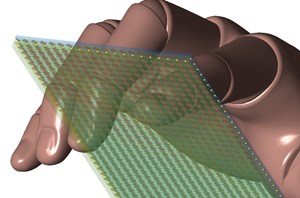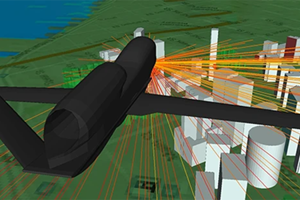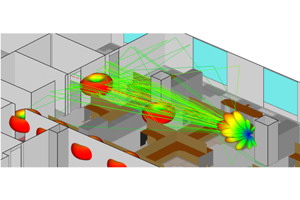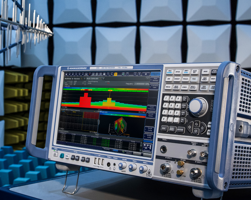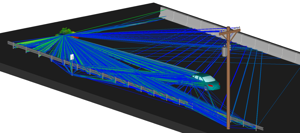EM Simulation
PRODUCTS AND SERVICES
XFdtd can compute the capacitance of complex sensor designs, allowing the designer to choose the best geometry for their needs without prototyping.
Electromagnetic simulation saves time and money. Remcom Consulting is an ideal solution for those organizations that need an electromagnetic expert without an ongoing need for in-house electromagnetic modeling software.
Electrostatic discharge testing is utilized worldwide by electronics manufacturers to determine the ESD susceptibility of their devices. It is extremely difficult to estimate the exact cost of ESD loss annually, but it can safely be stated that ESD requires the development and testing of many hardware prototypes and contributes to a high number of warranty claims and loss of consumer confidence if failure occurs in the hands of the customer. Given the high cost in time and materials associated with ESD hardware testing, the ability to simulate the ESD testing process in XFdtd is extremely valuable, allowing engineers to pinpoint locations susceptible to ESD damage and optimize ESD mitigation during the concept and design stage of product development.
Wireless InSite® is a predictive tool for understanding wireless coverage, channel multipath, and data throughput for 5G, 6G, and WiFi networks.
Rohde & Schwarz provides a range of customizable EMC test systems that deliver turnkey automated execution of EMC measurements to meet demanding requirements. As an industry leader for EMI test receivers and broadband amplifiers, Rohde & Schwarz has all the core components required to assemble a complete system.
WaveFarer® is a high fidelity radar simulator that accounts for multipath and scattering from structures and vehicles in the immediate environment of a radar system as well as key atmospheric and scattering effects for frequencies up to and beyond 100 GHz.
XF leverages the EM principle of superposition to quickly analyze port phase combinations with a single simulation.
Determining the final set of component values in a matching network can be a challenging process. Traditionally, RF engineers have had to simplify and idealize their matching circuits in schematics that are separated from the EM simulation. This simplification into a lumped element schematic requires perfect grounds and leaves out the coupling and transmission line effects of the interconnect metal and the antennas.

